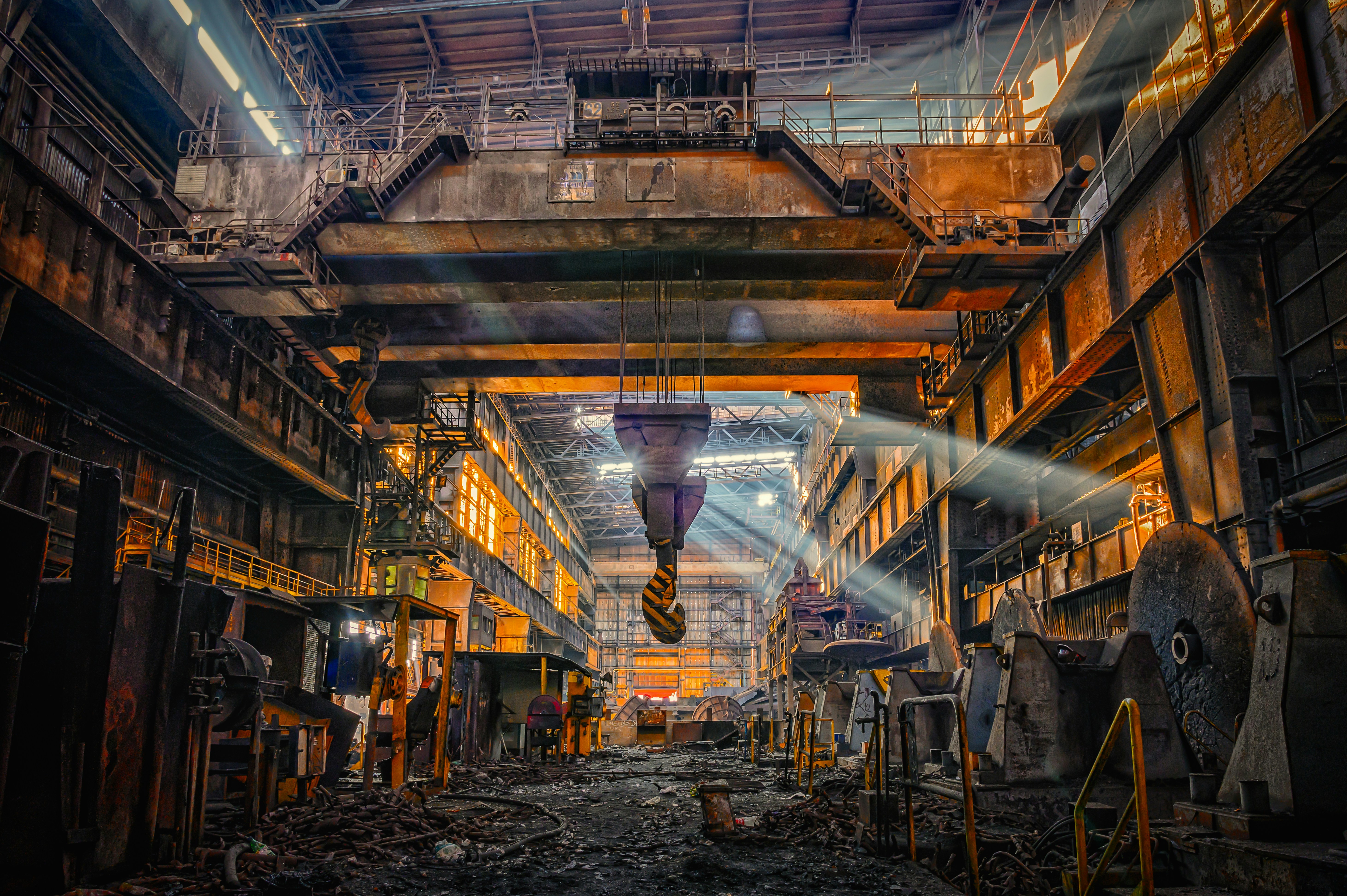The Carbon Footprint of Traditional Construction Materials
Cement and steel are two of the most carbon-intensive materials on Earth, together accounting for roughly 15% of global CO₂ emissions. Cement production alone contributes around 7% of total emissions due to the calcination process (releasing CO₂ from limestone) and the high-temperature kilns fueled by fossil energy. Steel manufacturing, meanwhile, involves blast furnaces that rely heavily on coal.
When applied to energy infrastructure, these materials form the backbone of foundations, towers, and transmission systems. A single utility-scale wind turbine, for instance, can contain up to 500 tons of steel and require massive concrete bases. The embodied carbon from such materials can amount to several thousand metric tons of CO₂ per project, even before the first kilowatt-hour is generated.
Emerging Low-Carbon Alternatives
To mitigate these emissions, researchers and industry innovators are developing and deploying low-carbon versions of cement and steel:
- Low-Carbon Cement: Options include supplementary cementitious materials (SCMs) like fly ash, slag, and calcined clay, which reduce clinker content. CarbonCure and Solidia are two companies pioneering CO₂-injected concrete, which permanently stores CO₂ during curing.
- Green Steel: Hydrogen-based direct reduction (H-DRI) replaces coke with green hydrogen as the reducing agent. Leading firms like SSAB in Sweden and H2 Green Steel are scaling up commercial production.
Additionally, recycled steel from electric arc furnaces (EAFs) powered by renewable energy can offer significant emission reductions compared to traditional methods.
Policy and Market Drivers
The rise of low-carbon building materials is not only technology-driven but also policy-enabled. The U.S. Inflation Reduction Act (IRA) includes funding to support clean industrial processes, while Buy Clean initiatives at state and federal levels incentivize the use of low-embodied-carbon materials in public projects.
Investors and developers are also applying pressure through:
- ESG benchmarks that factor in embodied emissions
- Green bonds and sustainable finance instruments that require lifecycle assessments
- Corporate Scope 3 targets that extend to construction and capital goods
Forward-thinking clean energy developers are integrating material-level carbon analysis into procurement, not just as a compliance issue but as a competitive differentiator.







